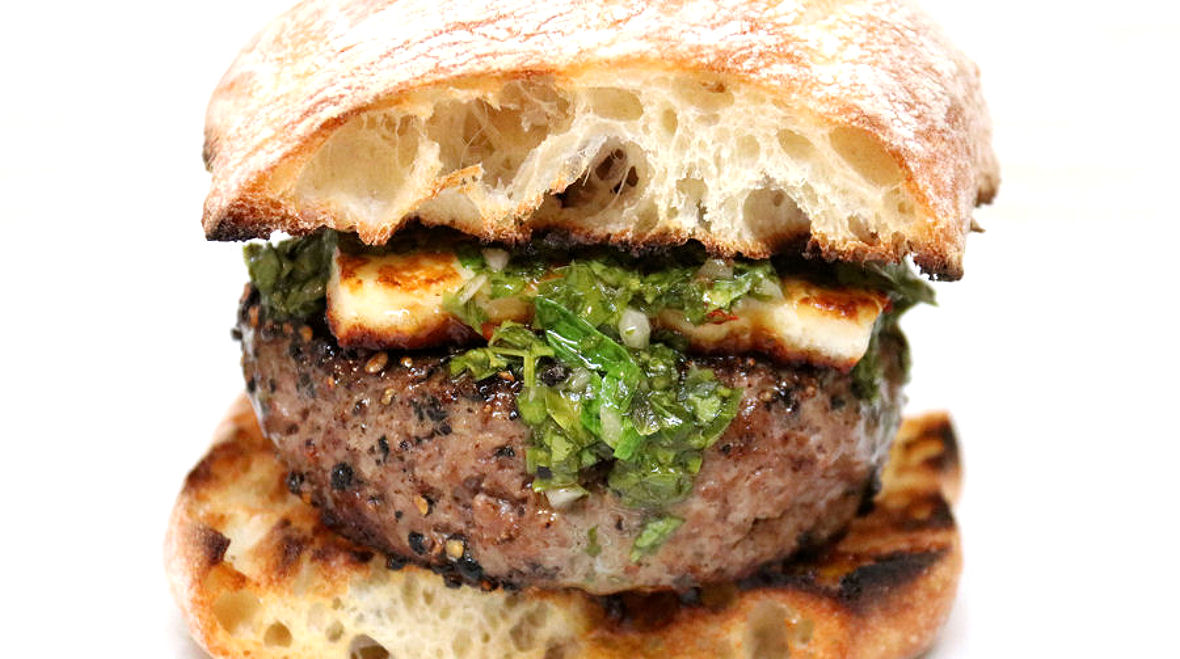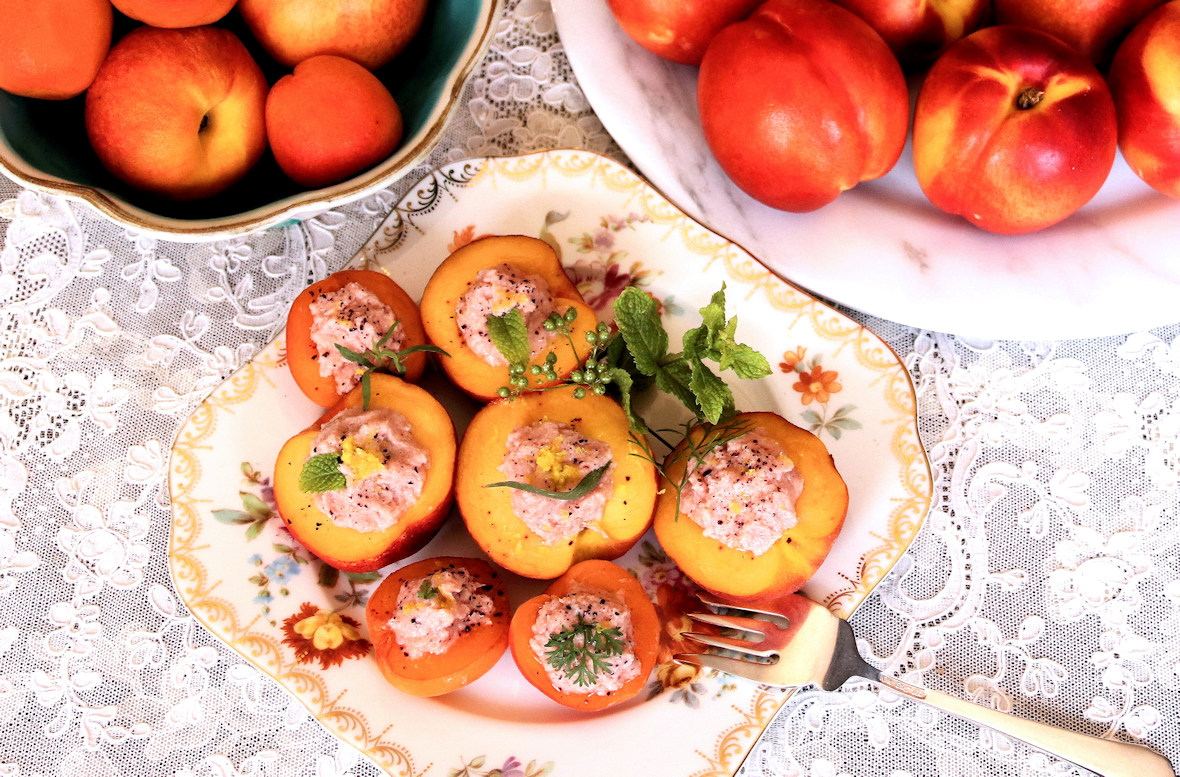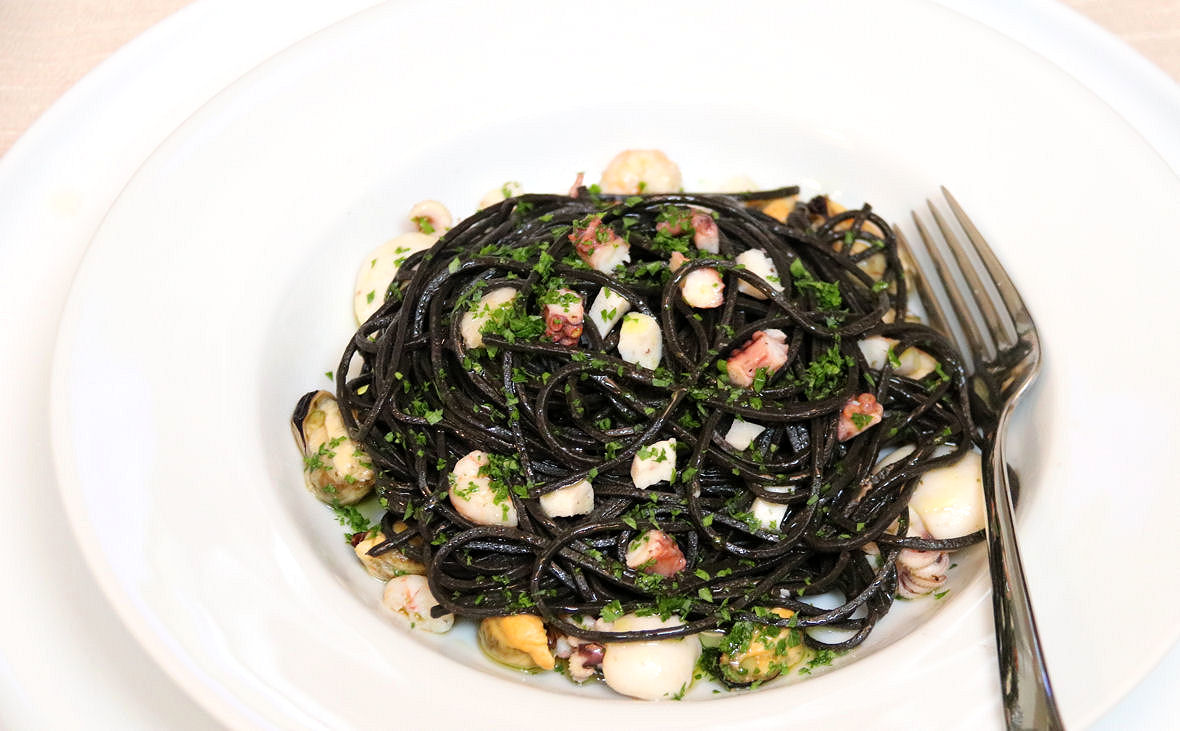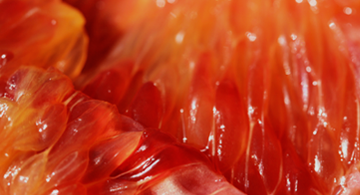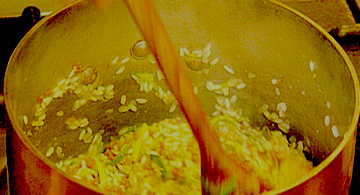
Parsley is the most common herb worldwide with recommended use as a medicinal plant, in aromatherapy, in cooking, and in beauty maintenance. Native to the Mediterranean, it has been cultivated for more than two millennium. Deriving its name from Greek, its translation means “rock celery”, and both parsley and celery belong to the same Family. This biennial herb includes two significant varieties used in cooking: curly leaf (P. crispum) and flat leaf (P. neapolitanum). Once planted, it returns year after year and can withstand cold climates.
Traditions: From Book III, On Right Pleasure and Good Health, Platina (1421-1481 A.D.) #24. On Parsley. “Parsley is sown at the same time as mint. It is called apium because in Achaea the head [apex] of victors in the sacred contest was crowned with it, or because bees [apes] gladly feed upon its flowers. They say Hercules used parsley, poplar, and wild olive in crowns. Roots of parsley act wonderfully against poison, and because it is bitter, it suits medicine more than eating. Some call this herb ambrosia.” Parsley root was candied and stored for medicinal use during cold months.
Applications: It is an anti-spasmodic, reduces fever, and is a known diuretic. If you suffer a bee sting or a snake bite or have a bruise, grind up the fresh leaves then apply to the area, cover with sanitary gauze. It is high in vitamins A, C, and B9 (folic acid), calcium, potassium, iron, and flavonoids, especially luteolin, which has been shown to function as an antioxidant. Make parsley tisane for applying to skin with broken capillaries or bruises. Chewing fresh parsley leaves after any strong-flavored dish, especially one with garlic or onions, freshens the breath. Eating fresh parsley in a dish is a well-known remedy for women suffering during their menstrual cycle. It helps with the nervous system, relieves digestion issues, water retention, and pain.
Fresh parsley juice is one of the most effective herbal remedies, especially for eyes. If you have conjuctivitis or tired, sore, irritated eyes, pour juice onto cotton pads or gauze and place on your closed eyes, or pour a few drops directly into the eyes. In Ayurvedic healing, fresh parsley is a slightly warming diuretic which benefits Kapha humor.
Parsley Essential Oil: Blend parsley oil with a carrier oil then apply a few drops to bruises or skin with broken capillaries. Use sparingly unless under a homeopath's orders. Research shows parsley essential oil stimulates the nerve centers of the brain and spine.
Culinary Uses: There is so much more to this herb than a sprig on a plate! One of the few herbs that blends well with almost everything, it can be added to soups, stews, ground meat mixtures, seasoning mixes, and beverages. An integral ingredient for centuries of cooking, parsley is part of herbal butters, herbal rubs and marinades, fines herbes, court bouillon, brodo, gremolata, pesto, and so much more. When you make fresh juice blends or smoothies, be sure to add a bunch of fresh parsley for added nutrition. Add minced leaves to other herb mixes to freshen them. Save the stems and add them to the pot when you’re making stock, soup, or braised dishes.
Tired of the standard lettuce salad? Perk it up by adding whole leaves and other tender fresh herb leaves. It makes an exceptional Italian herb sauce mixed with olives and anchovies, and Gremolata topping of parsley, garlic, and lemon zest perks up many Italian braised dishes. If you want to make basil pesto during cold weather when the price of basil can be quite high, stretch the basil by adding about 1/4 amount of parsley. The visual difference without parsley and with it impresses the diner. Automatically, our eyes go to the more colorful presentation, and it just happens to be more nutritious too! Plate looking dull? Next time, heat oil until hot, and fry sprigs, drain and place on top of the main ingredient – bet everyone eats the parsley first this time because it is delicious!
Packed with vitamins and minerals, and offering so many healthful benefits, consuming fresh parsley on a daily basis could help many people. Readily available in stores and farmers' markets and inexpensive, this herb is easy to grow, easy to store for several days, and blends well with other ingredients. If you're not doing so now, consider adding it to your favorite salads, sandwiches, sauces, and smoothies.
* This synopsis imparts valuable information that could be beneficial as part of a wellness program. Its purpose is to open the thought process to consider including herbs and spices as natural supplements in personal regimens. Briefly stating how the plant was valued and used historically in different ages and cultures, it lists some current uses. If interested in this particular plant, please extend your research via books and articles for more details and uses.
With increasing interest for including alternative therapies with standard drug therapy, research continues, so this topic evolves continuously. Please consult your wholistic and holistic practitioners, homeopaths, nutritionists, dentists, and physicians to keep yourself updated if you choose to incorporate or ingest the plant in any form for medical purposes.




